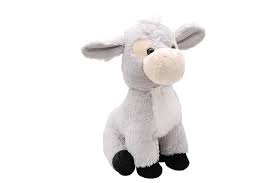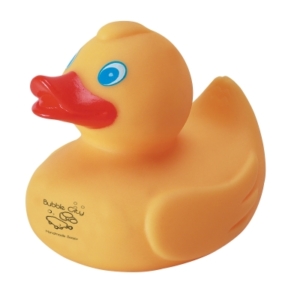Did You Know? Safety Laws & Promotional Products
 Did you know that if you are purchasing promotional products for your organization which will be distributed and/or appeal to children under 12, there are federal safety laws you need to consider?
Did you know that if you are purchasing promotional products for your organization which will be distributed and/or appeal to children under 12, there are federal safety laws you need to consider?
The federal government has laws specific to the use of small parts and materials in products which are intended for or will appeal to children under 12. Commonly known as CPSIA, Consumer Product Safety Improvement Act, they apply not only to items you buy in retail stores, but also to the promotional products and apparel you may use to market your company.
All products which are intended for this group are required to be marked with tracking information, as well as to be certified to be clear of or within the required levels of various materials deemed harmful, such as lead and plastics.
How might this affect you, as a buyer of promotional products?
• Company Reputation: If your company is marketing items that will be used by or appeal to children under 12, then you want to be sure those items are compliant. Facing a lawsuit because a recipient was exposed to undue amounts of lead is not something any business wishes to occur.
For example: In 2010, Winn-Dixie/Publix grocery chains were featured in an investigative report about reusable grocery bags. The bags from their stores were tested for lead. Although the lead discovered was relatively low and within the acceptable limits, the story created a public relations nightmare. Millions of bags were recalled and public trust was lost.
• Trackable Tagging: Items which qualify under the CPSIA require a permanent label with a trackable code or website be included on the item whenever practical. (Very small items such as balloons or pencils, which can’t be directly imprinted with this information can be excluded, but the packaging or cartons must still contain the requiredtracking information)
This required tagging may add run charges to your product. Some items may already have the information preprinted, especially in the case where that item has been deemed a children’s item by the supplier. Many other items do not already have this information and it will be required to be added.
Printed tshirts are a great example of the latter. Although the tshirt itself will have some sort of tracking label attached by the shirt manufacturer, it only applies to the shirt itself, not the decoration which is applied later. A second tracking label needs to be applied to cover the decorating (content of lead & other chemicals in the inks, threads or transfers). This can be a separate label applied to the inside of the shirt, or a line of text incorporated into the shirt design. Using a separate label is most desirable, but will create an additional cost for application.
How can you make sure you are in compliance with items you purchase?
• Inform your promotional products distributor that items will be distributed to children under 12. (Having an imprint that appeals to children, regardless of the product, will cause it to qualify also)
• Ask for product safety certificates on items you purchase or plan to purchase. Top manufacturers will already have these available to view for their products.
• Request that only products which have passed testing and are certified be presented for your projects.
Above is just a very brief overview of one specific safety regulation. By asking questions and communicating fully with your promotional product consultant, you become an integral part of ensuring your marketing programs meet safety regulations.
The consultants at The Creative J have taken an active part in becoming educated about product safety laws and regulations. We are members of PPAI’s “Product Safety Awareness Program,” which requires training in various areas of product safety. Should you have any questions about product safety and your marketing plans, please contact us as we’ll be glad to help you.
For more information on CPSIA: Buying Promotional Products: A Guide to Federal Safety Laws




